In memoriam: John Baldessari (1931-2020)
The godfather of conceptual art died on 2 January at his home in Venice, Los Angeles, at the age of 88

The artist John Baldessari worked as an abstract painter in the 1950s and 1960s, with mixed success. On a Friday afternoon in July 1970, he packed all of his paintings into his car and drove them to a funeral home in San Diego, where he lived at the time. Once there, he loaded 13 years worth of work – dated from his college graduation in May 1953 until March 1966, when he gave up relational painting – into the funeral pyre and watched as his work was cremated.
Later that summer, Baldessari moved from San Diego to Santa Monica to teach a course at the California Institute of the Arts (CalArts). Around the same time, he carefully reformed the charred and ashen remnants of his early career, baking them into cookies and placing them in an urn. He then transported the ashes to New York, where they were displayed at the Museum of Modern Art as part of ‘Information’, the museum’s seminal group show of contemporary conceptual art.
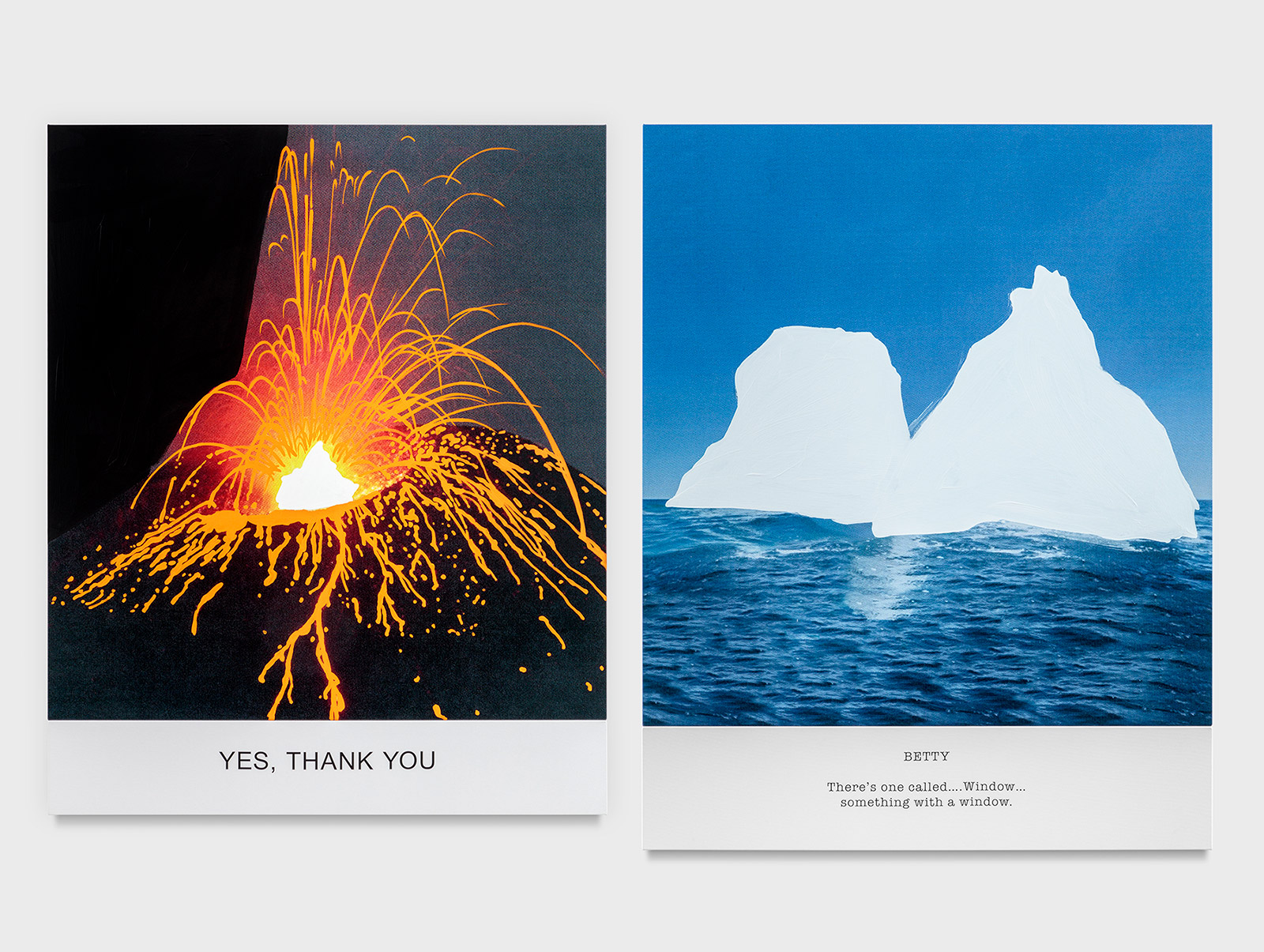
Hot & Cold Series: YES, THANK YOU, BETTY There’s one called..., 2018, varnished inkjet prints on canvas with acrylic paint. New York, Paris and London
The Cremation Project was inspired by another bastion of conceptual art, Marcel Duchamp, after Baldessari witnessed the French artist’s 1963 retrospective at the Pasadena Art Museum, curated by Walter Hopps. While Baldessari’s contemporaries approached their art with a remote, straight-faced seriousness, Baldessari learnt from Duchamp that art could be laced with satire. He was given permission to use art to tell jokes. ‘It was a very public and symbolic act,’ Baldessari later said of his dramatic act. ‘Like announcing you’re going on a diet in order to stick to it.’
Baldessari’s cremation act, alongside his move to CalArts, was a way of publicly announcing a different direction in his journey as an artist: a way of jettisoning the abstract straitjacket he had formed for himself so as to explore a practice of expansive multimedia conceptualism. At CalArts, he founded what he called his ‘post-studio’, where he worked across a range of new media – painting and text, video and photography, sculpture and installation. In doing so, Baldessari started on a path of experimentation that, by the time of his death, would see him garlanded as one of the most influential contemporary American artists and educators of the late-20th century – and, along with Ed Ruscha, California’s art heavyweights of the era.

Baldessari and Ed Ruscha, pictured at Ruscha’s studio in Culver City. (See their pick of LA’s brightest creative talents here.)
Baldessari was born on 17 June 1931 in National City, California. His parents, Antonio and Hedvig Baldessari, had met after arriving on the West Coast from Austria and Denmark. Baldessari’s father was a metal worker who salvaged and sold scrap, and his parents were largely self-sustaining, growing their own fruit and vegetables on land they owned, and tending to rabbits and chickens. The principles his parents instilled in him as a child meant he struggled to discard anything as an adult, instead deciding to appropriate and incorporate everyday objects into his art.
RELATED STORY
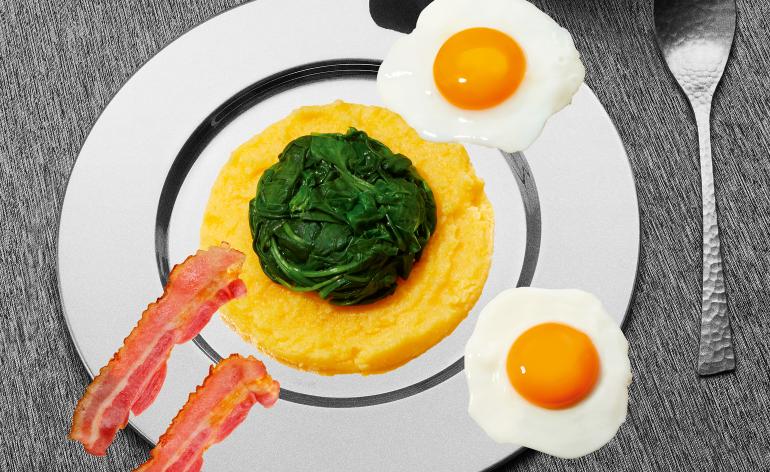
As a student, Baldessari majored in art education at San Diego State College, and was at first unsure as to whether to define himself as educator or artist. He taught art in junior high schools and community colleges before running an arts and crafts programme for the California Youth Authority, which included spending a summer attempting to reveal to a class of juvenile delinquents the joys of art – a job, he later said, was amply aided by his 6’7” frame.
In 1957, a studio class pushed Baldessari away from education and more towards introspective creation. By the time he visited the Duchamp retrospective in 1963, he had earned a spot studying at the prestigious Otis Art College of Art and Design in Los Angeles. Once ensconced in his CalArts post-studio, Baldessari became part of a movement of artists who placed more emphasis on the ideas an artwork expressed over aesthetic concerns regarding composition or draftsmanship. Yet, while other conceptualists in his sphere pursued their work with a pseudo-intellectual sincerity, Baldessari endeavoured always to seek out the fun in his work.
Receive our daily digest of inspiration, escapism and design stories from around the world direct to your inbox.
A post shared by Alex Prager (@alexprager)
A photo posted by on
Alongside a fluency in Dadaism and frequent nods to the pop art practiced by New York artists like Andy Warhol and Roy Lichtenstein, Baldessari’s practice centred largely on doctoring and manipulating photographic ephemera taken images from news, stills from Hollywood movies, or advertising campaigns, many of which were bought for 10 cents apiece from a trinket store in Burbank, LA County. He would often obscure the faces visible in his found photographs, directing the viewer to focus on accidental elements of the composition. Baldessari would tell his students: ‘Don’t look at things — look in between things.’
Baldessari remained at CalArts, teaching and working in his post-studio, until 1988. From 1996 to 2005, he taught at the University of California, Los Angeles. His departure from university teaching coincided with a lifetime achievement award from the Americans for the Arts. He was elected to the American Academy of Arts and Letters in 2008; awarded a Golden Lion for Lifetime Achievement at the 2009 Venice Biennale; and received the National Medal of Arts from President Barack Obama in 2014. In the later chapters of his life, Baldessari became a world-famous art figure. From 2009 to 2011, a retrospective of his five-decade career, ‘Pure Beauty’, travelled to London’s Tate Modern, the Los Angeles County Museum of Art and MoMA in New York.
Baldessari’s death was confirmed on Sunday by Virginia Gatelein, his studio manager and foundation chairwoman. He is survived by his sister Betty Sokol, his daughter Annamarie, and his son Tony.
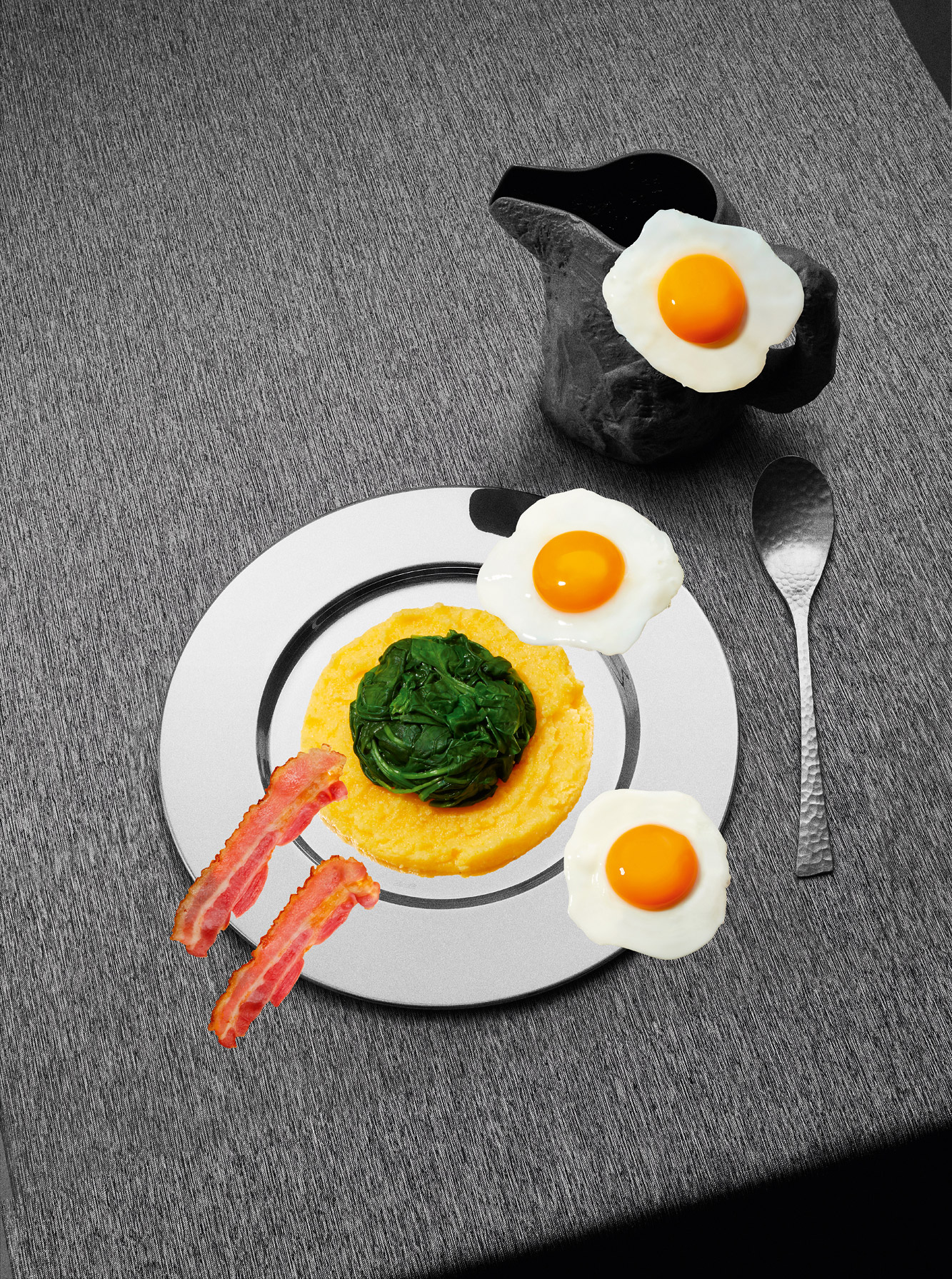
Baldessari’s polenta, spinach, eggs and bacon, as featured in the December 2016 issue of Wallpaper* (W*213). Upon seeing his recipe brought to life, the artist emailed with the comment, ‘Thank you, the presentation looks too good to eat.’
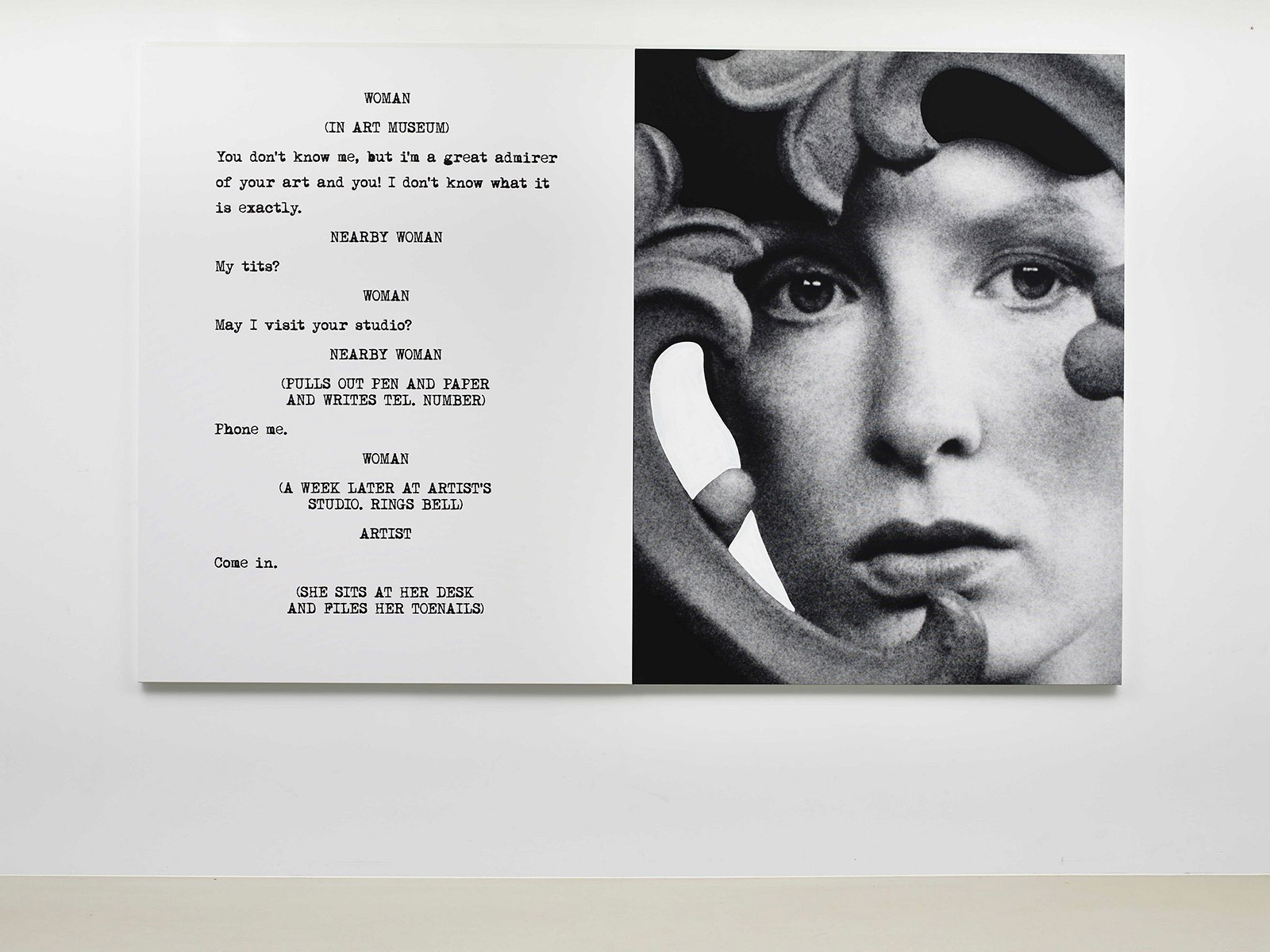
Pictures & Scripts: ...Files toenails., 2015, diptych; varnished inkjet print on canvas with acrylic paint. New York, Paris and London

Brain/Cloud: with Palm Tree and Seascape, 2009, polyurethane, paint, resin, aluminium, inkjet on vinyl. Courtesy of the artist and Marian Goodman Gallery New York, Paris and London
INFORMATION
mariangoodman.com; spruethmagers.com
Tom Seymour is an award-winning journalist, lecturer, strategist and curator. Before pursuing his freelance career, he was Senior Editor for CHANEL Arts & Culture. He has also worked at The Art Newspaper, University of the Arts London and the British Journal of Photography and i-D. He has published in print for The Guardian, The Observer, The New York Times, The Financial Times and Telegraph among others. He won Writer of the Year in 2020 and Specialist Writer of the Year in 2019 and 2021 at the PPA Awards for his work with The Royal Photographic Society. In 2017, Tom worked with Sian Davey to co-create Together, an amalgam of photography and writing which exhibited at London’s National Portrait Gallery.
-
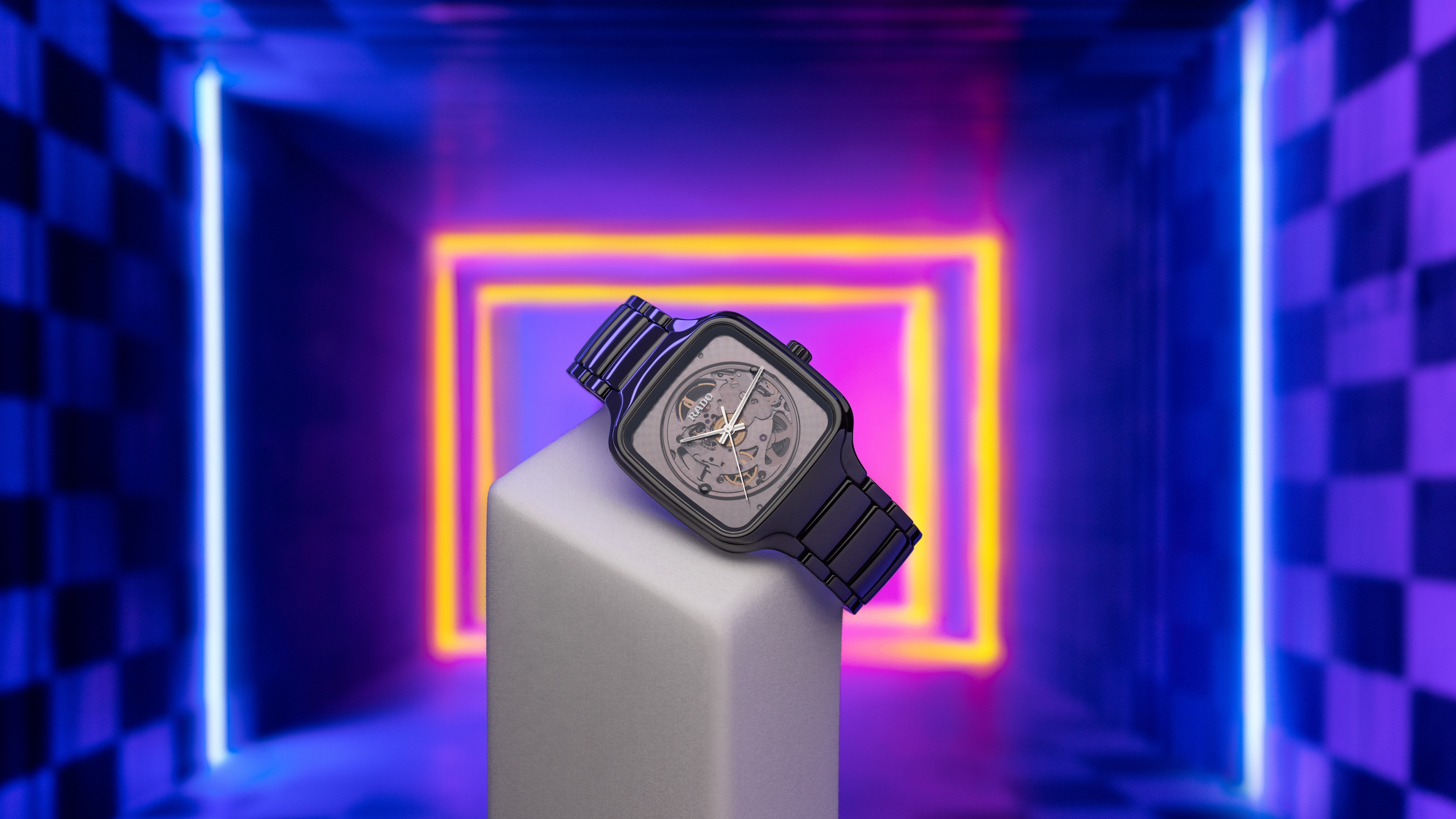 Why are the most memorable watch designers increasingly from outside the industry?
Why are the most memorable watch designers increasingly from outside the industry?Many of the most striking and influential watches of the 21st century have been designed by those outside of the industry’s mainstream. Is it only through the hiring of external designers that watch aesthetics really move on?
-
 This Fukasawa house is a contemporary take on the traditional wooden architecture of Japan
This Fukasawa house is a contemporary take on the traditional wooden architecture of JapanDesigned by MIDW, a house nestled in the south-west Tokyo district features contrasting spaces united by the calming rhythm of structural timber beams
-
 At last: a London hotel that’s great for groups and extended stays
At last: a London hotel that’s great for groups and extended staysThe July London Victoria, a new aparthotel concept just steps away from one of the city's busiest rail stations, is perfect for weekends and long-term visits alike
-
 Nadia Lee Cohen distils a distant American memory into an unflinching new photo book
Nadia Lee Cohen distils a distant American memory into an unflinching new photo book‘Holy Ohio’ documents the British photographer and filmmaker’s personal journey as she reconnects with distant family and her earliest American memories
-
 Ed Ruscha’s foray into chocolate is sweet, smart and very American
Ed Ruscha’s foray into chocolate is sweet, smart and very AmericanArt and chocolate combine deliciously in ‘Made in California’, a project from the artist with andSons Chocolatiers
-
 Jamel Shabazz’s photographs are a love letter to Prospect Park
Jamel Shabazz’s photographs are a love letter to Prospect ParkIn a new book, ‘Prospect Park: Photographs of a Brooklyn Oasis, 1980 to 2025’, Jamel Shabazz discovers a warmer side of human nature
-
 The Hammer Museum in Los Angeles launches the seventh iteration of its highly anticipated artist biennial
The Hammer Museum in Los Angeles launches the seventh iteration of its highly anticipated artist biennialOne of the gallery's flagship exhibitions, Made in LA showcases the breadth and depth of the city's contemporary art scene
-
 Thomas Prior’s photography captures the uncanny fragility of American life
Thomas Prior’s photography captures the uncanny fragility of American lifeA new book unites two decades of the photographer’s piercing, uneasy work
-
 Central Park’s revitalised Delacorte Theater gears up for a new future
Central Park’s revitalised Delacorte Theater gears up for a new futureEnnead Architects helmed an ambitious renovation process that has given the New York City cultural landmark a vibrant and more accessible future
-
 Stephen Prina borrows from pop, classical and modern music: now MoMA pays tribute to his performance work
Stephen Prina borrows from pop, classical and modern music: now MoMA pays tribute to his performance work‘Stephen Prina: A Lick and a Promise’ recalls the artist, musician, and composer’s performances, and is presented throughout MoMA. Prina tells us more
-
 Curtains up, Kid Harpoon rethinks the sound of Broadway production ‘Art’
Curtains up, Kid Harpoon rethinks the sound of Broadway production ‘Art’He’s crafted hits with Harry Styles and Miley Cyrus; now songwriter and producer Kid Harpoon (aka Tom Hull) tells us about composing the music for the new, all-star Broadway revival of Yasmina Reza’s play ‘Art’